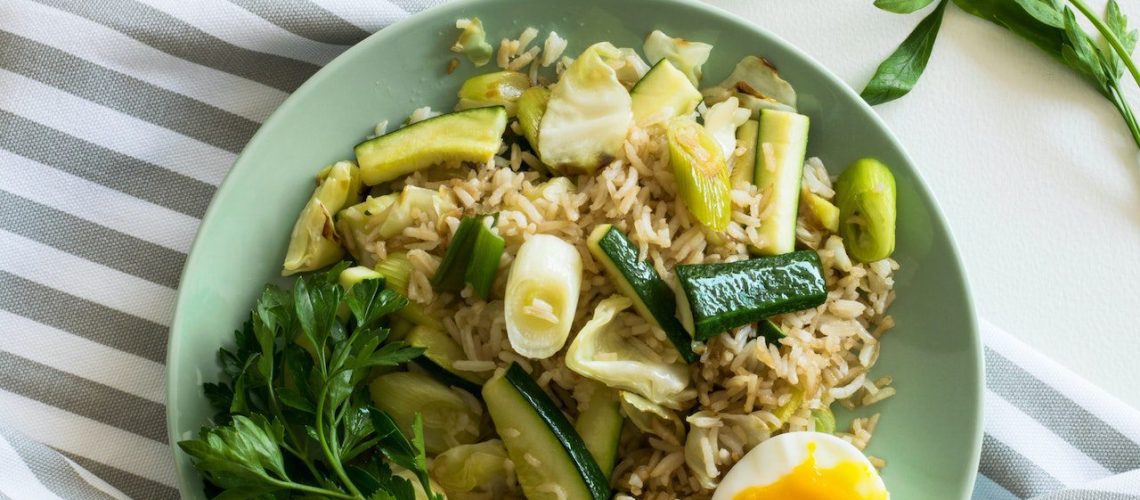Green vegetables are an important part of a healthy diet. They are packed with nutrients and antioxidants that can help protect your body against disease. Eating more green vegetables can also help you to lose weight and maintain a healthy weight. They are low in calories and fat, and high in fiber, which helps to keep you feeling full. Green vegetables are also a good source of vitamins and minerals, including vitamins A, C, and E, and folate. A diet rich in vegetables has many benefits, including reducing the risk of heart disease, stroke, and cancer. Here are six green vegetables you should include in your diet:
-Spinach: Spinach is a nutrient-rich leafy green vegetable that is high in vitamins A, C, and K. It also contains a good amount of magnesium, iron, and calcium.
-Kale: Kale is another nutrient-dense leafy green that is packed with vitamins A, C, and K. It also contains a good amount of calcium, iron, and magnesium.
-Swiss chard: Swiss chard is a leafy green vegetable that is high in vitamins A, C, and K. It also contains a good amount of magnesium, iron, and calcium.
-Lettuce: Lettuce is a low-calorie leafy green vegetable that is a good source of vitamins A, C, and K. It also contains a good amount of calcium, iron, and magnesium.
-Broccoli: Broccoli is a nutrient-rich vegetable that is high in vitamins A, C, and K. It also contains a good amount of fiber, iron, and calcium.
-Cauliflower: Cauliflower is a nutrient-rich vegetable that is high in vitamins A, C, and K. It also contains a good amount of fiber, iron, and calcium.
How to prepare your Green leafy vegetables?
To prepare your green leafy vegetables, start by rinsing them thoroughly in cold water. Then, remove any tough stems and slice or chop the leaves into bite-sized pieces. If you’re using spinach or other greens that tend to be sandy, you may want to soak them in a bowl of cold water for a few minutes before rinsing and chopping. Once your greens are ready, they can be used in a variety of recipes or simply sauteed in a little olive oil and served as a side dish.
How to cook green veggies
Green vegetables are an important part of a healthy diet, but they can be tricky to cook. Here are a few tips to help you get the perfect results:
– Start by prepping your vegetables. Wash them thoroughly and cut them into uniform pieces. This will help them cook evenly.
– If you’re using frozen vegetables, make sure to thaw them completely before cooking.
– When cooking, use a little oil or butter to prevent the vegetables from sticking to the pan.
– Don’t overcook the vegetables – they should be crisp and vibrant, not limp and soggy.
– Season the vegetables to your taste. A little salt and pepper can go a long way!
When is the best time to add veggies to your diet?
There is no definitive answer to this question as it depends on each individual’s unique dietary needs. However, some experts recommend adding veggies to your diet in the morning or afternoon, when your body is better able to digest them. This is because your body’s digestive enzymes are at their peak during these times of the day. Additionally, adding veggies to your diet in the morning or afternoon may help you to reach your daily recommended intake of fruits and vegetables.

